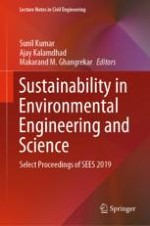2021 | OriginalPaper | Buchkapitel
Degradation of Plastics Causing Pollution Using Bacteria for Improvement of Freshwater Fish Cultivation
verfasst von : Priyadarshini Mallick, Jaydev Misra
Erschienen in: Sustainability in Environmental Engineering and Science
Verlag: Springer Singapore
Aktivieren Sie unsere intelligente Suche, um passende Fachinhalte oder Patente zu finden.
Wählen Sie Textabschnitte aus um mit Künstlicher Intelligenz passenden Patente zu finden. powered by
Markieren Sie Textabschnitte, um KI-gestützt weitere passende Inhalte zu finden. powered by
